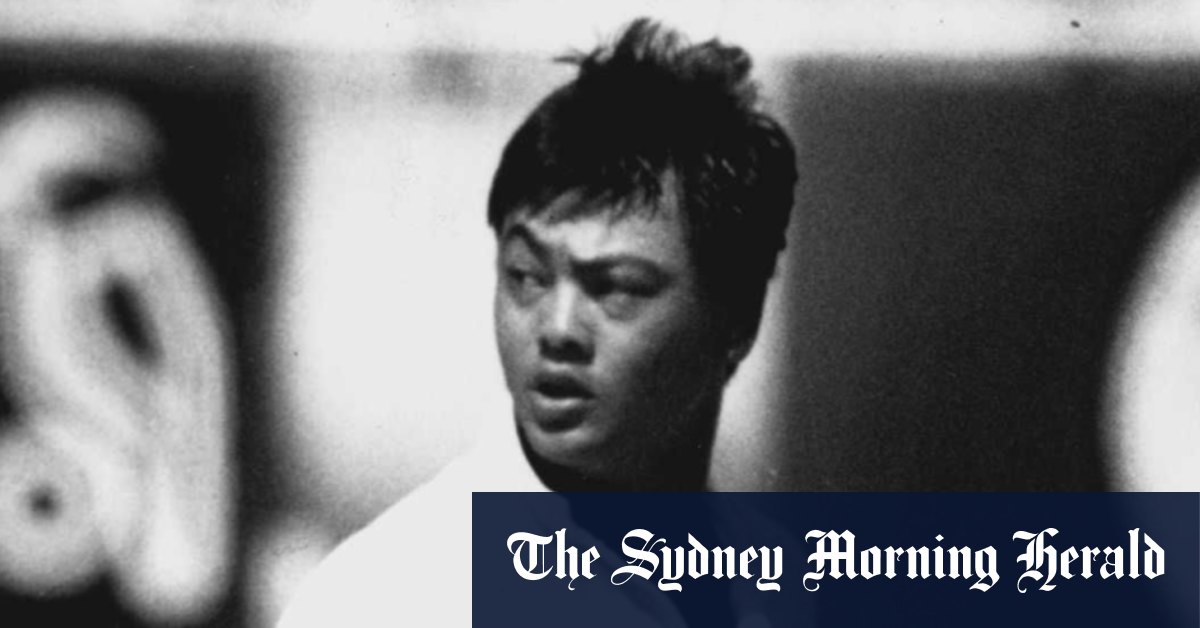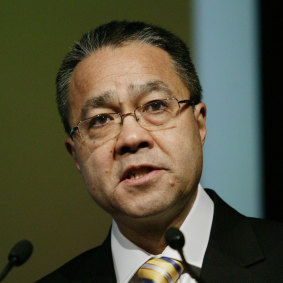Why cricket needs to pitch its growth plan to Chinese Australians

- by Admin
- May 25, 2024

Richard Chee Quee in action in 1993.Credit: Steve Christo
You’d have thought with 54 multicultural ambassadors, the organisation could have found at least a 55th who had Chinese heritage – even if just to say, “We see you”.
Perhaps no one had the contact details for Richard Chee Quee, a hard-hitting batter for NSW who was the first player of Chinese descent to play at first-class level in Australia since Hunter Poon in 1923. More than 25 years since he last played at state level, Chee Quee retains a cult following in the sport.
Chee Quee confirmed to this masthead he had not been approached by CA to be part of the program.
Cricket is not on its own in terms of major sports in Australia that have failed to penetrate the Chinese community.
Loading
The AFL last year staged its first China-themed match, in Sydney. Only 32 of the 13,000-plus footballers to have played in the VFL/AFL have ancestry from China and eastern Asia.
The reasons are varied, though the prioritisation of education over sport is a trait of many Asian (and migrant) families in Australia. But the stereotype that Chinese Australians do not play cricket or have no interest is untrue. As kids, my brother and I squared off in many uncompromising backyard (and indoor) games. We had family friends of Chinese heritage who also played while our parents shuffled the mahjong tiles.
One friend wished West Indies great Curtly Ambrose good luck in 1993 after seeing him in Chinatown – or “Town” as I jokingly call it – only for him to destroy Australia the next day.
David Talalla, one of CA’s 54 multicultural ambassadors, recognises the potential for growth among Chinese Australians. Talalla, who has played for Malaysia, was impressed by what he saw while coaching Mongolia during the 2023 Asian Games.

Former Foster’s boss Trevor O’Hoy.Credit: Sean Davey
“I was pleasantly surprised to see so many Chinese playing the game,” Talalla said.
He rated their umpires as being at the level of first-grade cricket in Australia, the rung below state cricket, which is high praise as Talalla is a former CA match referee, whose job included assessing and selecting umpires for first-class games.
Former Foster’s boss Trevor O’Hoy served for three years on the Cricket Australia board but in my 20 years covering the sport I have come across few others of Chinese extraction, be it in playing ranks, administration, the media or cricket staffers.
In my lifetime, most references to Chinese in cricket have largely been through the discontinued racist term of “chinaman”, the style of bowling now commonly (and thankfully) referred to as left-arm wrist spin.
But it’s understandable why CA is focusing on Australians with South Asian heritage. People from India, Pakistan, Sri Lanka and Bangladesh already have a special affinity with the sport, so the challenge is not in teaching them a foreign game but encouraging participation in official pathways and competitions.
Loading
Furthermore, India’s national men’s and women’s teams are touring next summer, and Pakistan’s men are back as well.
But focusing on one large group should not mean overlooking another. CA disagrees it has ignored Chinese Australia, and the organisation says it will broaden its focus in coming years, but is concentrating now on South Asia.
What’s another year or two when the Chinese first came arrived in large numbers more than 170 years ago?
“The initiatives outlined in Australian Cricket’s multicultural action plan are for the benefit of all culturally diverse communities and the initiatives will help foster the inclusion of all such groups,” a CA spokesperson told this masthead.
“As the fastest growing demographic in Australia, people of South Asian heritage are considered critical to the game’s growth in all areas including decision-making and volunteerism and a special emphasis was put on this group in the plan.
“The ambassador program has been introduced to promote and help activate the plan and will be continually reviewed to ensure it fully reflects our goal to ensure the inclusion of all culturally diverse communities.”
The first major sport to break into the Chinese market in Australia will be handsomely rewarded. I look forward to the day when a Singh and Sing, or a Chandrasinghe and Chan, open the batting wearing the baggy green cap (metaphorically, of course, as they should be in helmets). But it won’t happen until CA’s decision makers dig in for the long haul to put cricket on the sporting map of more Chinese Australians.
Right now, they haven’t even padded up.
Andrew Wu is a sports reporter for The Age and Sydney Morning Herald. He was born in Australia and is proud of his Chinese heritage.
Get a weekly wrap of views that will challenge, champion and inform your own. Sign up for our Opinion newsletter.
The Latest News
-
January 3, 2025Novak Djokovic’s Australian Open hopes in tatters after shock defeat at Brisbane International | Sporting News Australia
-
January 3, 2025Australia v India: fifth men’s cricket Test, day two – live
-
January 3, 2025Australia v India LIVE updates day two: Pantomime villain Siraj runs riot as Australia crumble
-
January 3, 2025Live: Aussie top order blown away in explosive start to day two at SCG
-
January 3, 2025Australian cricket is at a crossroads. This is the path we should take from here



